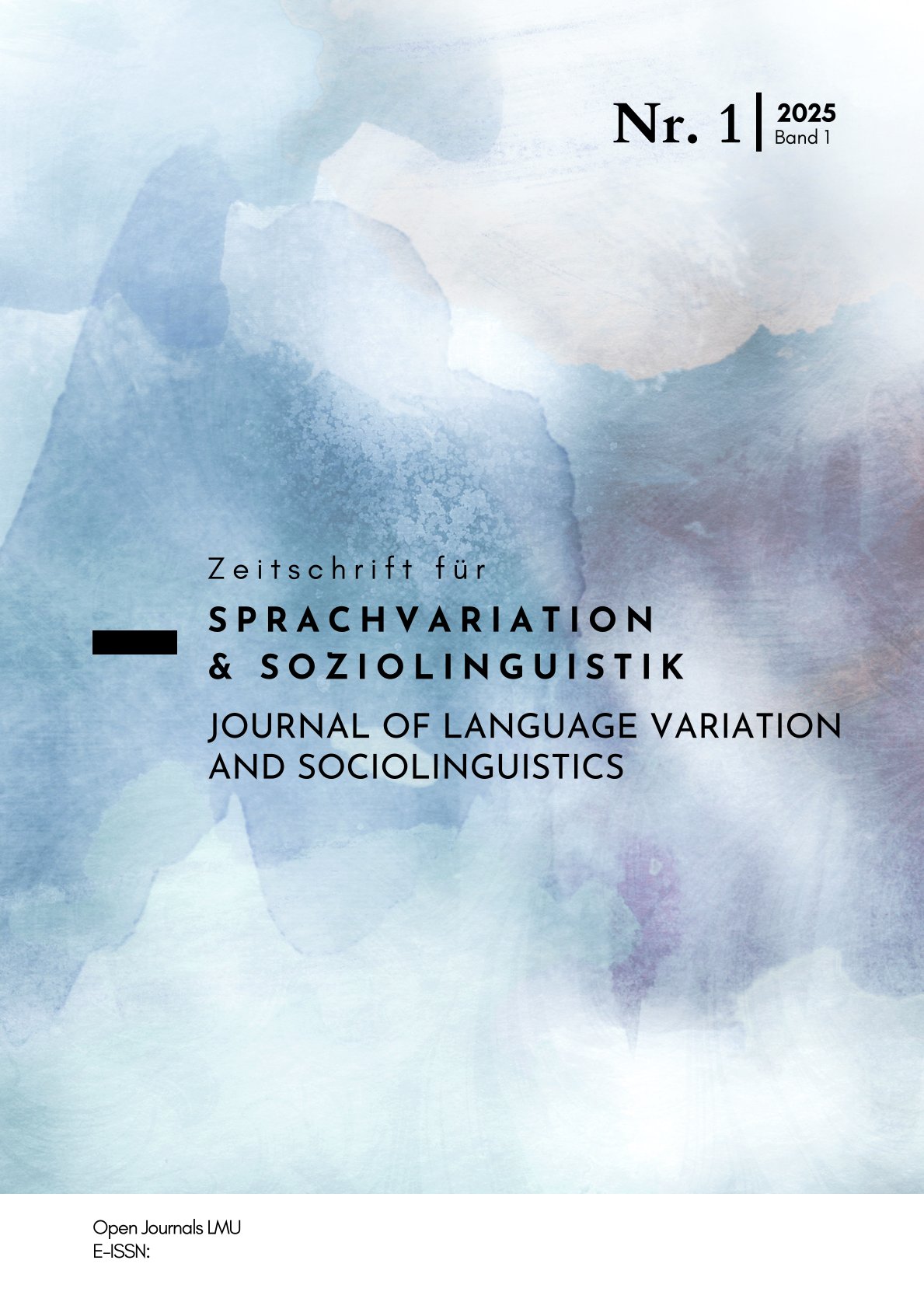How to model and capture dialect-standard repertoires? Global-correlative results from Southern Austria
DOI:
https://doi.org/10.5282/jlvs/12

Abstract
The paper discusses various approaches and (mostly quantitative) methods to analyze dialect-standard repertoires. In the empirical part, the paper employs a global-correlative approach to analyze the (collective) linguistic repertoires of a South Bavarian village called Weissbriach (Carinthia) in Southern Austria. The area, due to its geographic location, exhibits a more linguistically conservative character and has been largely underrepresented in previous research. Using a bottom-up methodology, the study first examines the language use of four individuals based on a single phonetic-phonological variable before applying quantitative methods (including variable analysis, cluster analysis, and correspondence analysis) to extend findings across multiple linguistic variables. This methodological framework enables a systematic identification of variation patterns and contributes to broader discussions on diaglossic and diglossic language models. The results reveal ongoing processes of language change, particularly regarding the transition from local dialectal features to more regionally widespread variants. The study further highlights significant differences in speech adaptation across formal and informal settings, suggesting a dynamic interplay between dialect and standard language use which confirms a dialect-standard continuum. The findings contribute to the broader field of variationist linguistics by offering a methodological approach that ensures comparability with previous research while providing new insights into an understudied linguistic region.
Schlagwörter
dialect-standard repertoires, diaglossia, Austria
